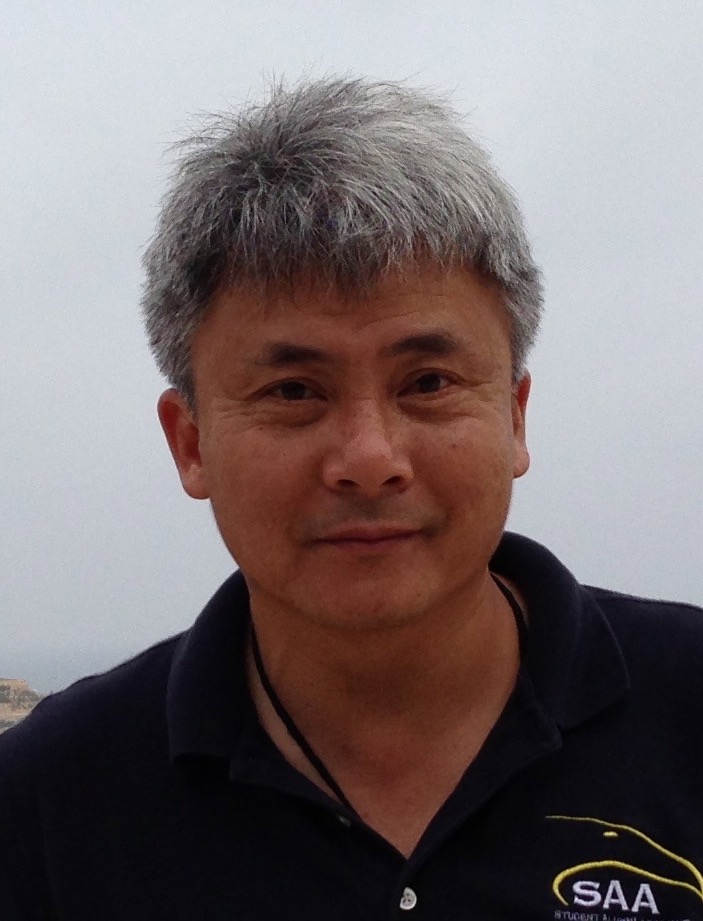Tim received his education degrees in Electrical Engineering from the California Institute of Technology and the University of Southern California. He is currently the Chief System Engineer of the NASA Deep Space Network (DSN). His interest is in system engineering and system development. Aside from the DSN system engineering work, he also supports the Consultative Committee for Space Data Systems (CCSDS) activities in Cross Support Transfer Services and the ground system development at the Morehead State University for the CubeSat operations. On system development, his recent effort focused on the use of low-cost commercial software-defined radio to increase data return to Voyager 2 mission during heliopause transition and to enable compatibility testing for upcoming Exploration Mission 1 with the Japan Aerospace Exploration Agency (JAXA) antennas. Past system developments included antenna arraying capability used to support Cassini, Spitzer and Voyager missions, and tone detection for the Entry Descent and Landing of the Spirit and Opportunity Mars rovers. Early in his career, he served as the lead system engineer in the developments of the ground telemetry system to maximize the data return for Galileo S-band mission, the DSN Radio Science system and the Goldstone Solar System Radar system.
Tim has published several papers on the topics of antenna arraying, spacecraft tracking, system modeling and performance analysis. He co-authored the book “Antenna Arraying Techniques in the Deep Space Network”. He is the recipient of the NASA Exceptional Service Medal, NASA Exceptional Achievement Medal, and several NASA New Technology and Space Act Awards, as well as a recipient of the IARIA Fellows.
